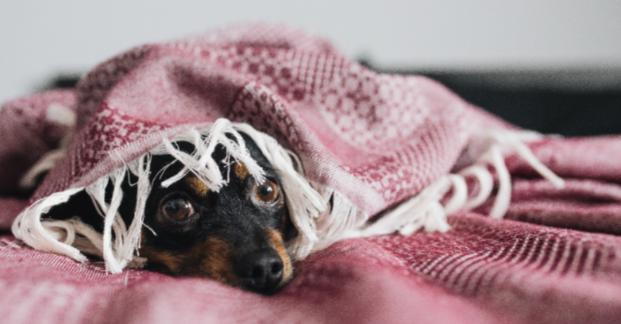
Desensitization, or counter conditioning, is a process that helps dogs overcome their fears and anxieties. With proper desensitization, the object or situation loses its power. This process takes time and patience, but the outcome is a happy, less stressed pet!
Desensitizing works for a number of different things from nail trimming to loud noises, unfamiliar people, the list is endless but includes anything that makes your dog uncomfortable. From this point forward, we’ll refer to this as the “scary object” or “scary situation.”
First, determine which scary objects or situations you want to help your pet cope with better. Then prioritize the objects and situations from most critical to least critical. Start at the top of the list and only tackle one item at a time.
Step 1: Use a treat or toy that gets your pet very excited! These treats and toys need to be something that your dog loves and only gets at these special training times. This makes your pet work a little harder for their extra special treat!
Step 2: As soon as the scary object or trigger is in view, start feeding your dog the delicious treats. Keep giving the treats, little pieces at a time, and until the scary object is out of sight or situation is over. It helps if you can set up the scene in a way that you can control the scary object or situation so you can eliminate the stimulus when the training session is over.
Step 3: At first, show your dog the scary object or expose him to the scary situation for a very brief amount of time, then gradually increase the exposure time once your pet gets comfortable. For example, show your dog the nail trimmers for one minute on Monday and Tuesday, once comfortable with a minute of time, on Wednesday or later that week increase the time to two minutes, and so on.
Step 4: If you’re working with a scary object, start reducing the distance between the dog and the object. Instead of being about 30 feet away, move it closer so you’re only 20 feet away. Continue this process until your dog is right next to the scary object or even touching it. But don’t rush the process. Pay attention to your dog’s comfort level at all times, and keep their attention using the treats. If your dog starts focusing on the scary object and not the treat, back her away from the object and stay at that comfortable distance until you receive a good response.
The goal is for your dog to see the scary object or experience the scary situation and associate it with a positive thing such as a treat or toy. Gradually, this positive association will spark the desired response from your dog. They will learn after repitition that nothing bad happens, eventually giving them confidence and freeing them from their fear!
